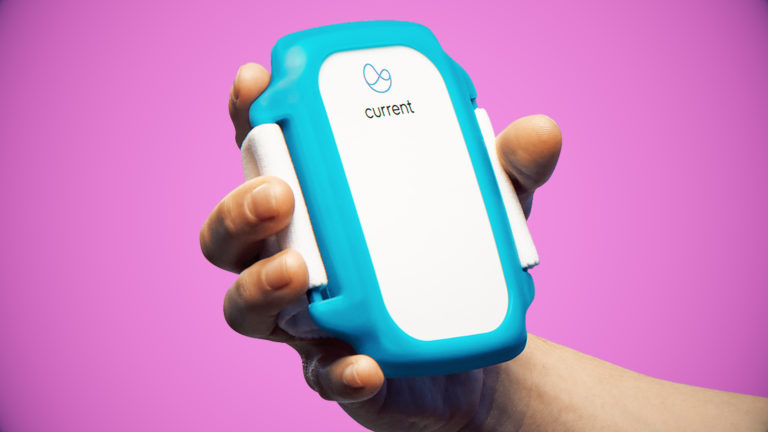About ten to twelve years ago, I found some free Tower Defense game on the App Store. It was challenging enough to keep me interested, but not so difficult I’d bang my head against the wall, and it became my goto game when waiting in the airport or when I wanted some mindless downtime.
It was free, but supported by advertising. This was the heyday of games like FarmVille. Fun Fact: In 2011, the developer of FarmVille, Zynga, made up 19% of Facebook’s entire revenue! So ad supported games were not only common then, they were considered the best way for mobile games to monetize.
After every Tower Defense level I completed, an ad would show as the next level loaded. Except these weren’t your normal ads. They were awesome. They marketed stuff that I actually wanted to buy. With each ad displayed, I could mark it as relevant or not, and as I fed back to the ad network (whose name I can’t remember anymore), the ads became even more tailored. I ended up buying more stuff from that game than I’ve ever bought from any advertising medium, ever. All of the stuff I bought was relevant, high quality, and I was pleased with every purchase. And here’s the thing – I actually enjoyed seeing the ads! Kind of like how I enjoy the ads in hyper-targeted magazines I subscribe to like Model Railroader – they’re all super relevant and help build awareness about products I might like.
At some point, the ad network folded, and the developer of the game went bust, and while I’ve moved on to other tower defense games, I often think about that ad network. I was using an ad blocker on my web browser even back then, and today, the the only real exposure to web ads I get is via YouTube, Instagram, and a couple newspapers I subscribe to like the New York Times. Everything else is blocked.
I have two YouTube accounts, and two Instagram accounts, and both have very focused personas and interests, but the thing is – the ads I’m served there just completely suck. They’re not relevant (marking them as such does nothing to change this), and at least half of them are retargeting from websites I’ve already bought something from (the ad shows up AFTER I’ve converted, for the first time). Perhaps worst of all, they are shown at a frequency that is just insane – like back to back or multiple times in a 2-3 minute scrolling session.
1.5 Billion in market cap and 163,000 employees between them, and Google and Facebook can’t even get my profile right. Perhaps most bizarrely, they don’t even ask me what I’m interested in apart from maybe inferring my interests based on the accounts/topics I follow or the videos/posts I like..
Why?
This reminds me of the age-old comment proffered by Folks Who Don’t Like Ads on the Internet. Why can’t we just pay a fee to get rid of ads on Facebook or Instagram or <insert social network here>? I used to ask this question, and it’s a good one. The answer is that in 2015, a Facebook user was worth $3.73 per quarter (roughly $15 bucks a year). Well, I’d happily pay fifteen bucks a year to get rid of ads and disincentivize all of the rampant fake news and destructive political advertising that channels through social media! Except there’s a problem – by the end of 2017, the value was up to $6.18 per user per quarter, an increase of 165% in to years.
In 2021 a Facebook user is projected to be worth $56 per quarter ($226 per year) and an Instagram user is worth $31.5 ($126 per year). Note the vaguely disappointed tone of that article when discussing the fact that Instagram just hasn’t managed to generate as much value per user as Facebook yet. Tsk tsk!
That’s a growth rate of 15x in four years, and oh by the way, has significantly outpaced my desire (or ability, and, I’m guessing, yours too) to pay to remove those ads. Paying to remove ads will actually lose Facebook money, because their overall audience would get smaller, and they’re forfeiting the future growth they could generate off your account. In other words, you are just one single customer representing one sale of your account, but they can almost-infinitely sell you to almost-infinite ad buyers out there, so your account’s value will, over time, asymptotically approach infinity. Or so the well-vetted financial model somewhere says. Not understanding this dynamic, by the way, is probably why my beloved (yet forgotten) ad network went bust.
Back to the original point – the reason none of the major ad networks allow us to actually feed in our preferences is driven by the same desire – if I told Facebook/Instagram that I only wanted to see ads about Lego or model trains, I would have removed myself from the pool of folks who might potentially be interested in jeans or a TV show or whatever. In other words, I limit down the potential buyers for myself, and that’s the last thing they ever want to happen.
What’s the point of all this? Well, I think this is an increasingly dangerous game to play – intentionally introducing a bit of old fashioned friction and obfuscation between users and advertisers, for the sole purpose of maximizing future revenue growth. Ad blockers are now more common and available on more platforms (including mobile) and the reason is that all the ads suck! Advertisers don’t push the envelope here and demand well qualified eyeballs because that would skew their metrics too, and the reality is that online advertising is about the only real solid metric most marketers have. It’s a combination of “it’s in budget” and “it’s better than the alternative” thinking.
As we head into the worst global recession since we, uh, understood that we lived on a globe, I can’t help but wonder what’s going to happen when ad budgets get cut everywhere. Will some upstart come out of the woodwork that can actually show us some ads we want to watch, that take curation cues from us directly, and make everyone’s life on the internet better (except of course for Google, Facebook, Twitter, and the like)?
Probably not, but I wish they would. In the meantime, the great cat and mouse game continues between ad blockers and social media networks, and the internet just continues to get a little worse each day.
I guess in that way, it’s kind of like a game of Tower Defense.





